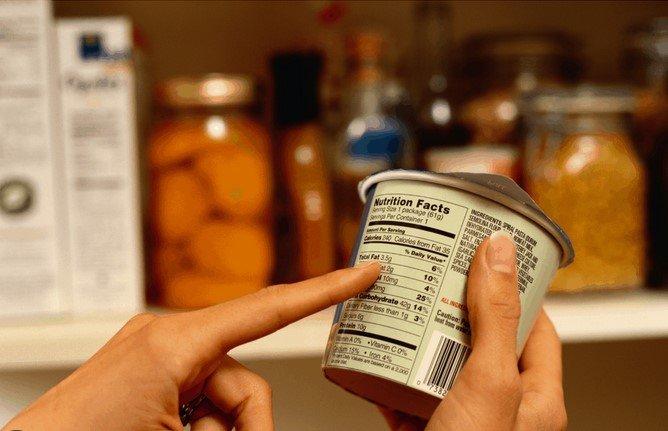Eating healthy doesn’t have to break the bank. Many people believe that nutritious foods are expensive, but with a little planning and smart choices, you can eat well without overspending. Improving your nutrition on a budget is possible by focusing on affordable ingredients, meal planning, and cooking techniques that maximize your resources. This guide will provide you with practical tips to help you make healthy eating a reality without stretching your finances.

Plan Your Meals Ahead of Time
Meal planning is one of the best ways to save money while ensuring that you’re eating nutritious meals. By planning your meals for the week, you can create a shopping list of ingredients you actually need, reducing the risk of buying expensive, unnecessary items. Planning also allows you to prepare dishes that incorporate similar ingredients, minimizing waste.
Tips for Effective Meal Planning:
- Choose versatile ingredients like beans, rice, and vegetables that can be used in multiple meals.
- Look for recipes that can be made in bulk, allowing you to use leftovers for another meal.
- Plan meals around what’s on sale or what’s in season to save money.
Shop Smart and Take Advantage of Sales
Smart shopping is key to eating healthy on a budget. By keeping an eye on sales, discounts, and special offers, you can buy healthy foods at a lower cost. Buying in bulk is another way to save money, especially when it comes to grains, beans, and frozen vegetables, which can be stored for long periods without spoiling.
Smart Shopping Tips:
- Buy in-season produce, as it’s usually cheaper and fresher.
- Opt for store brands, which are often cheaper and just as nutritious as name-brand products.
- Stock up on non-perishable items like canned beans, lentils, and whole grains when they’re on sale.
Cook More at Home
Eating out or buying pre-packaged meals is typically more expensive than cooking at home. By preparing meals yourself, you have full control over the ingredients, and you can make healthier choices while staying within your budget. Batch cooking and freezing meals for later is an effective way to save time and money.
Home Cooking Tips:
- Prepare simple, one-pot meals like soups, stews, and casseroles that can be made in large quantities and eaten throughout the week.
- Use cheaper cuts of meat or plant-based proteins like beans, lentils, and tofu, which can be just as nutritious as pricier options.
- Invest in a slow cooker or Instant Pot, which can help you make large, healthy meals with minimal effort.
Incorporate More Plant-Based Foods
Plant-based foods, such as beans, lentils, whole grains, and vegetables, are generally more affordable than animal products. They’re also nutrient-dense, providing essential vitamins, minerals, and fiber. By making plant-based foods the centerpiece of your meals, you can significantly reduce your food costs while still getting all the nutrients your body needs.
Affordable Plant-Based Foods:
- Beans and lentils: Packed with protein, fiber, and essential minerals.
- Whole grains: Brown rice, oats, and quinoa are affordable and provide long-lasting energy.
- Vegetables: Frozen or canned vegetables are often cheaper and can be just as nutritious as fresh options.
Buy Frozen and Canned Produce
Fresh fruits and vegetables can be expensive, especially when they are out of season. A cost-effective alternative is frozen or canned produce. Frozen vegetables and fruits are usually picked at their peak ripeness and frozen immediately, retaining most of their nutritional value. Canned vegetables and fruits can be a good choice as well, but look for options without added sugar or sodium.
Tips for Buying Frozen and Canned Produce:
- Frozen vegetables like peas, spinach, and broccoli are often more affordable than fresh and can be easily added to meals.
- Canned beans, tomatoes, and corn are budget-friendly options that are versatile and packed with nutrients.
- Make sure to check the labels for added salt, sugar, or preservatives, and choose those with minimal ingredients.
Conclusion
Improving your nutrition doesn’t require spending a lot of money. With careful meal planning, smart shopping, and a focus on affordable, nutrient-rich foods, you can enjoy a healthy diet without breaking the bank. By making simple changes—like incorporating more plant-based foods, cooking at home, and reducing food waste—you can easily improve both your nutrition and your finances. Healthy eating is within reach for everyone, regardless of budget.











